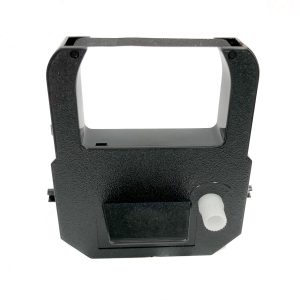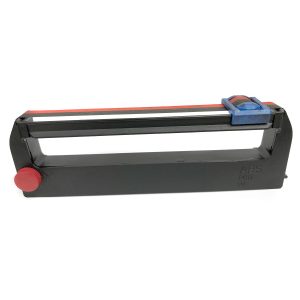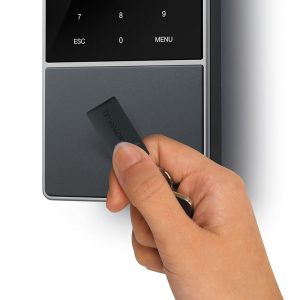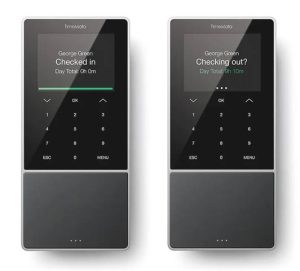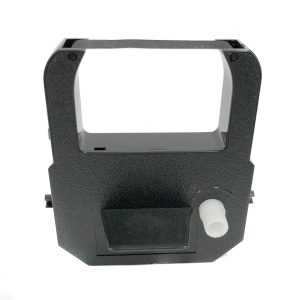
The Role of Time Attendance Systems in Enhancing Workplace Security
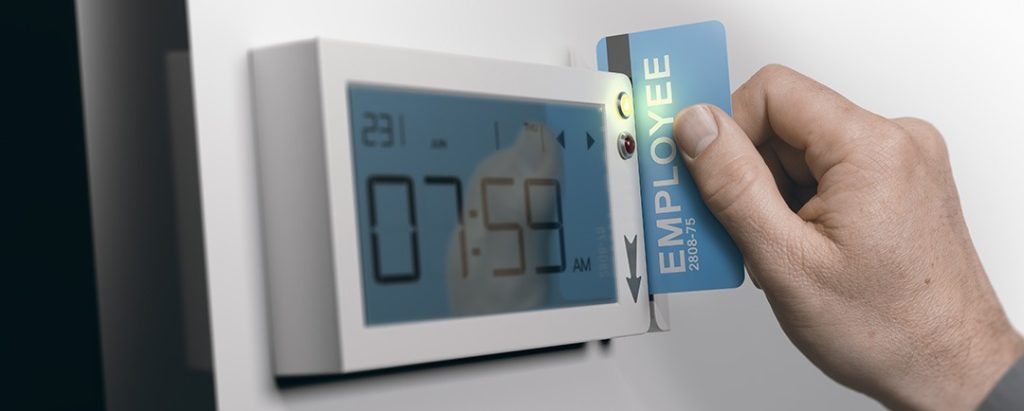
In today’s rapidly evolving business landscape, maintaining a secure workplace is paramount. Time attendance systems, traditionally used to track employee hours, are increasingly recognised for their role in bolstering workplace security.
These systems, through advanced technology, offer businesses a dual benefit—accurate time tracking and enhanced security protocols.
By integrating modern time attendance systems into daily operations, companies can safeguard their premises and assets more effectively.
The connection between these systems and workplace security is crucial, as they provide a reliable method of monitoring who is on-site at any given time, thus preventing unauthorised access and reducing potential security breaches.
Enhancing Access Control
One of the key ways time attendance systems contribute to workplace security is through enhanced access control. Modern systems often incorporate biometric technology, such as fingerprint or facial recognition, to verify employee identities.
This integration ensures that only authorised personnel can enter certain areas of the workplace, significantly reducing the risk of unauthorised access.
Moreover, these systems can be configured to allow access only during specific times, further tightening security.
For example, an employee may have access to the office during working hours but be restricted from entering after hours. This level of control is particularly beneficial in industries where sensitive information or valuable assets need to be protected.

Reducing Time Theft and Fraud
Time attendance systems also play a crucial role in reducing time theft and fraudulent activities. Traditional methods of clocking in, such as clocking cards or manual sign-ins, are susceptible to “buddy punching” where one employee clocks in on behalf of another.
By using biometric systems, businesses can eliminate this risk, as each employee must be physically present to clock in.
This reduction in time theft not only saves money but also increases accountability among employees.
When staff are aware that their attendance is being accurately monitored, they are less likely to engage in dishonest practices, leading to a more honest and productive work environment.
Data-Driven Security Insights
Another significant advantage of time attendance systems is their ability to provide data-driven security insights. These systems can generate detailed reports and real-time alerts, enabling businesses to monitor patterns and identify any unusual activities.
For instance, if an employee attempts to access a restricted area outside of their normal hours, the system can flag this behaviour, allowing security personnel to take immediate action.
Furthermore, this data can be used for regular security audits, helping companies to identify vulnerabilities and strengthen their security protocols.
By leveraging the information gathered from attendance systems, businesses can ensure that their security measures are not only reactive but also proactive, anticipating potential threats before they materialise.

Improved Emergency Response
Time attendance systems also enhance emergency response capabilities. In the event of an emergency, such as a fire or evacuation, knowing the exact number of people on-site is crucial.
These systems provide real-time data on employee locations, ensuring that all personnel can be accounted for quickly and accurately during such incidents.
Additionally, time attendance data can be used to improve emergency drills by analysing how efficiently employees evacuate and identifying any bottlenecks.
This information helps businesses refine their emergency response plans, ultimately leading to a safer and more secure workplace.
Protecting Sensitive Areas
Protecting sensitive areas within the workplace is another critical aspect of security where time attendance systems excel.
By linking access control to attendance data, businesses can ensure that only authorised employees are permitted to enter areas where sensitive information or high-value assets are stored.
This is particularly important in sectors such as healthcare, finance, or research, where security breaches could have severe consequences.
For example, in a research facility, only staff with the necessary clearance levels could be granted access to laboratories containing hazardous materials.
Time attendance systems help enforce these restrictions seamlessly, reducing the risk of internal security threats and ensuring that sensitive areas are protected at all times.
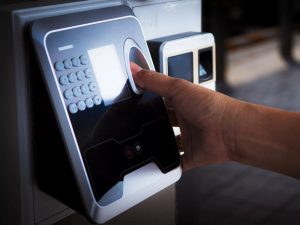
Conclusion
Time attendance systems offer far more than just a way to track employee hours—they are a vital tool for enhancing workplace security.
From improving access control to providing data-driven security insights and aiding in emergency responses, these systems help businesses safeguard their premises, assets, and employees.
As technology continues to evolve, the role of time attendance systems in workplace security is likely to become even more significant, making them an essential investment for any security-conscious organisation.


